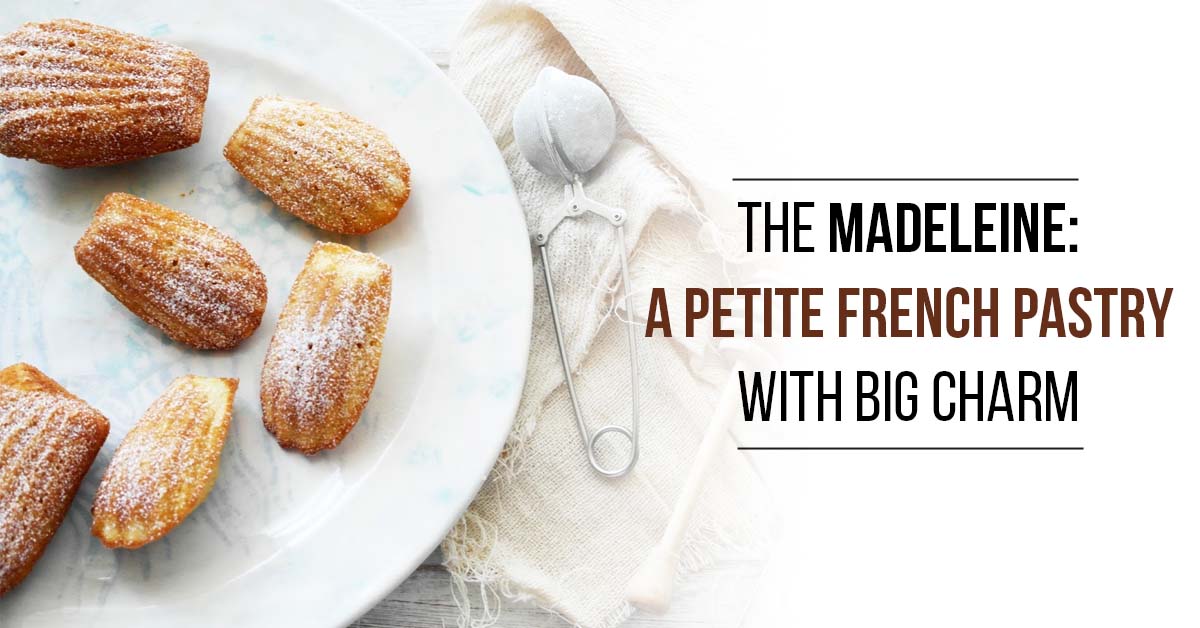
Madeleine is one of the smallest, breakable French pastries that captured the hearts of many in France and the whole world. A petite cake described, its flavor and texture lay between sponge cake and buttery biscuit. The shell shape, softness of air with a delicate sweetness made the Madeleine a symbol of French patisserie.
Characteristics Of A Madeleine
A madeleine resembles a small shell because of its traditional shell shape, while it has a light, spongy texture. Madeleines have a soft, airy crumb and are rich in flavor although subtle, due to butter, sugar, and eggs. The cakes can be flavored with vanilla, lemon zest, or almond extract; however, other flavors may include orange, lavender, or chocolate. To create this fragile dessert, the batter is typically made by beating eggs and sugar together until light and fluffy. Dry ingredients, such as flour and a pinch of salt, are then folded into the mixture gently. The secret to a successful madeleine is in the balance of ingredients and proper technique. Adding melted butter and a touch of milk helps achieve the perfect texture.
The Art of Baking Madeleines
The art of baking madeleines is actually the process of making the classic fresh sponge cake, which typically comes with an indent shell shape. The batter is beaten light and airy, and the mixture is baked within a special pan, which eventually gives off that characteristic indent shell shape. If you’re eager to learn how to perfect this technique, Baking classes in Chennai offer expert instruction on creating these delicate treats with the right texture and shape
- Beat eggs, flour, and sugar with butter into light and airy batter
- Add lemon or orange zest and vanilla extract
- Spoon the batter into the wells of the madeleine pan. Bake until golden brown with a light crust on the shell side
Madeleine is an emblem of French culture
The madeleine is essentially French and represents the culture for a number of reasons. First and foremost, apart from historical and culinary significance, it is a delicacy that would always be enjoyed in small amounts as a dessert or small snack accompanied by tea or coffee at any time of the day. Madeleines are a popular dessert or snack that can be found in cafes and patisseries in France. They are very small, making it possible to indulge without overindulging. Madeleines also represent French artistry and precision. The care taken in its preparation, in shaping and baking the madeleines, speaks to the French appreciation for quality, refinement, and tradition in food. Whether served at a casual family gathering or at an elegant tea party, madeleines exude a sense of grace and timeless elegance.
The madeleine is more than just a small cake it is a symbol of french culinary artistry and its delicate texture and buttery flavor have captivated generations from the royals of France to modern day bakers and pastry lovers around the world your savoring the cake with a cup of tea enjoying it as snack.
